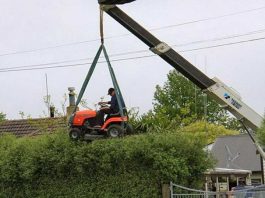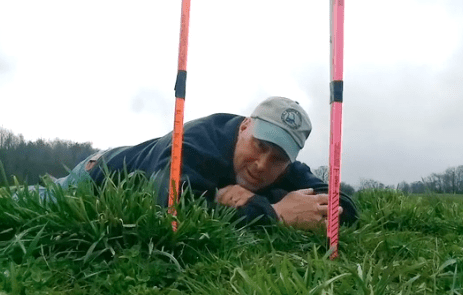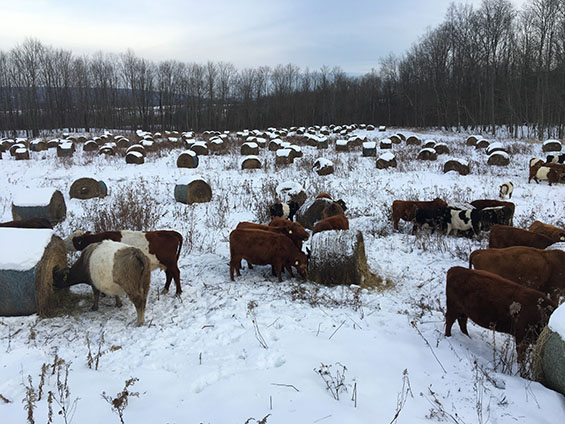You did everything right. You sampled your soil, sent in the samples. Got the test results. Three cheers for you!!
Now your soil test results say you need lime. Why? Because the acidity of your soil is off, and when it’s off, plants have a harder time taking advantage of the nutrients in the soil, so they don’t grow as well. So, stay on the road to awesomeness and get ready to add lime. (You can also check out When to Use Lim,e Gypsum and Elemental Sulfur, and What’s Soil pH and Why Do I Care? for more on the topic.)
Your soil test results tell you know how much pure calcium carbonate per acre your pastures need. Lime is a rock that is mostly calcium carbonate or magnesium carbonate. The proportions of calcium and magnesium in the rock varies based on the geological source. That means that not all lime is created equal. It also makes it a little more complicated to figure out exactly how much of what kind of lime is the equivalent of the pure calcium carbonate your soil test recommends.

One of the first things you need to check is particle size. When your test results told you to apply two tons of lime per acre, and you drag two huge 1-ton slabs of limestone to your field and put them up in the middle, you’ll still have acidic soil. And a mini-version of Stone Henge. Fun, and maybe you could charge admission. But you wouldn’t get the yield boost of less acidic soils. Obviously, you need smaller particles that will react more quickly with your soil.
Particle size is measured by the sieve or mesh size they pass through and is calibrated to the time it takes for the particles to react with your soil. For example, particles passing through a 100-mesh sieve will react 100% with the soil within 6 months. In contrast, particles passing through a 60 mesh will take a year to react 100% with the soil. Particles passing through mesh sizes of 20 will take two years to react. The label on the lime you’re thinking of buying indicates what percentage of the particles passed through the 20 and 60 mesh sieves.
Next lets check out the make up of the limestone. What we’re looking for is the Total Neutralizing Value (TNV), That gets reported as a calcium carbonate equivalent (CCE). If your lime has a TNV of 0.8, it’s only going to be 80% as effective as pure calcium carbonate. Magnesium carbonate and dolomitic limestone is more effective than calcium carbonate. In fact, Dolomitic limestone may have a TNV that is greater than 1.
But the REAL number you need to know is the ENV, the Effective Neutralizing Value. Basically it takes into account both the particle size and the CCE and with a little dividing and multiplying of other numbers you’ll come up with how many tons of lime you need to meet your soil test recommendations.
At this point, like you, I’m shaking my head and wondering if I’ll ever know enough to figure out what lime to buy and how much to apply. But fear not. We’ve made you an Xcel spreadsheet to take you through the math. All you have to do is plug in the numbers from your label. Hooray!
Here’s a picture of the spreadsheet. Just click on it to download and you’re on your way. You’re welcome! 🙂





